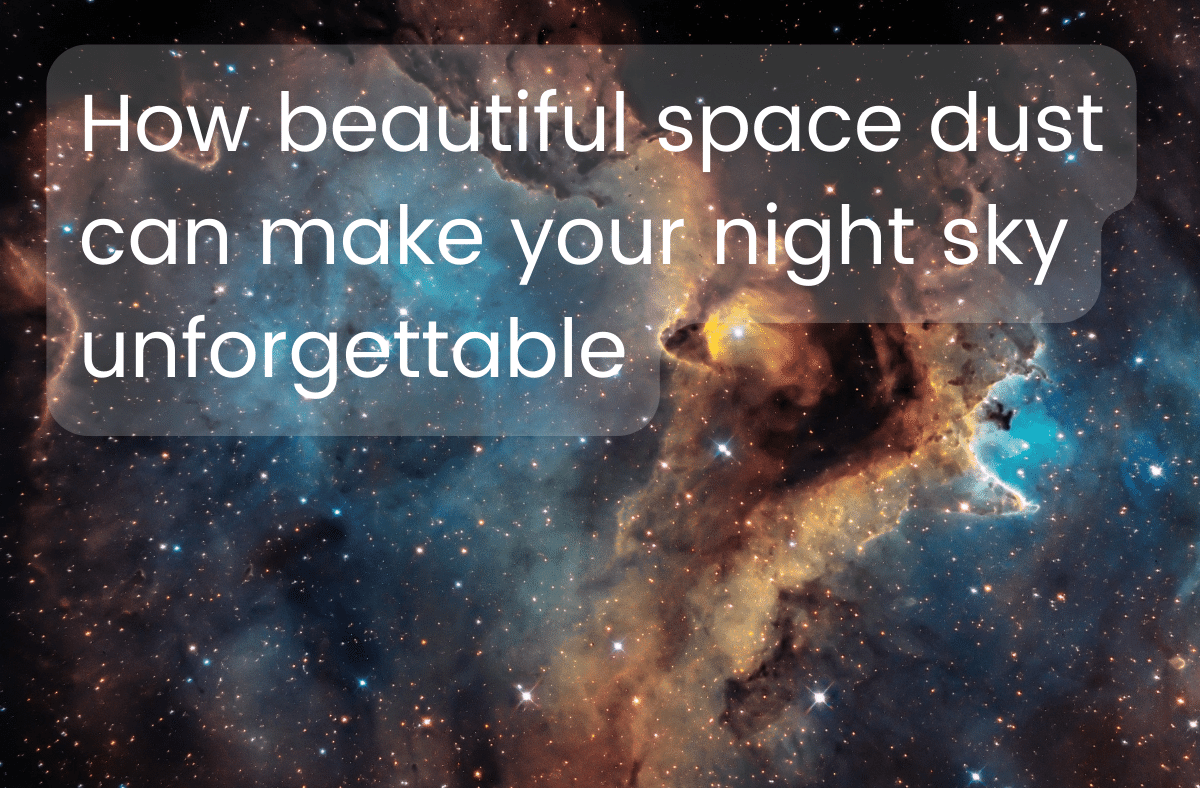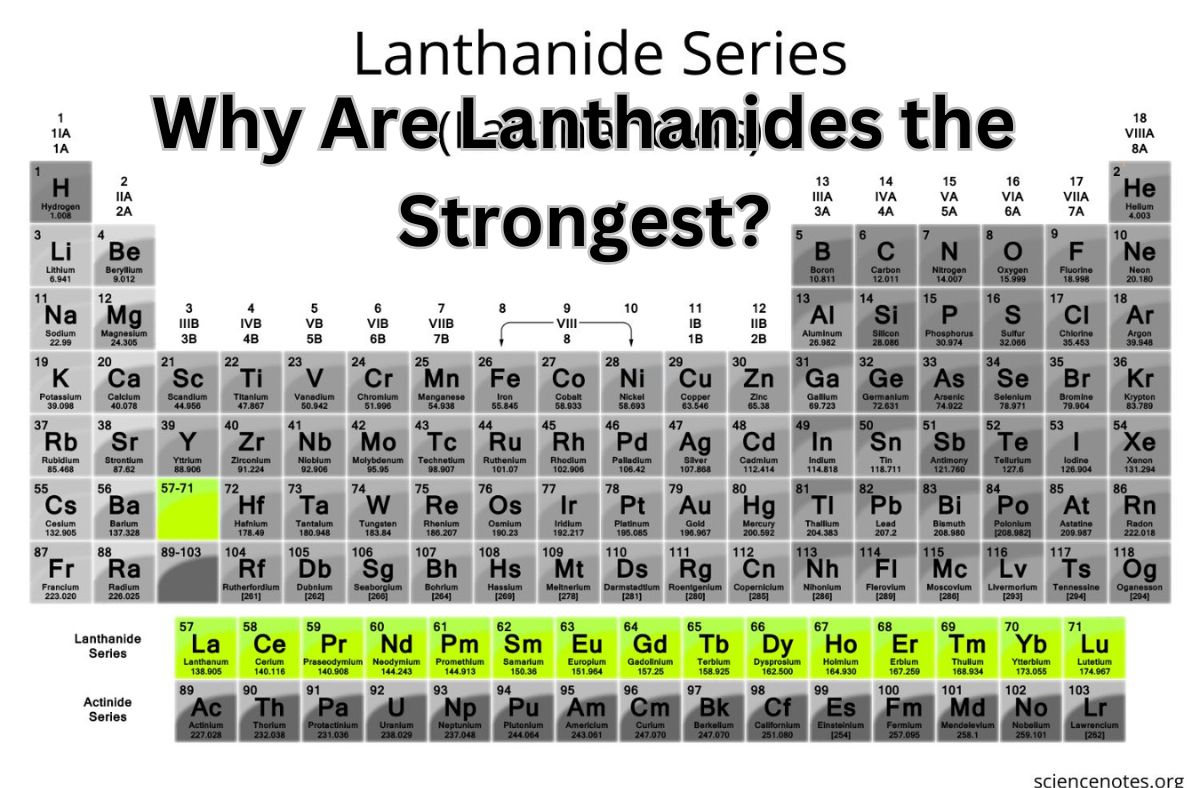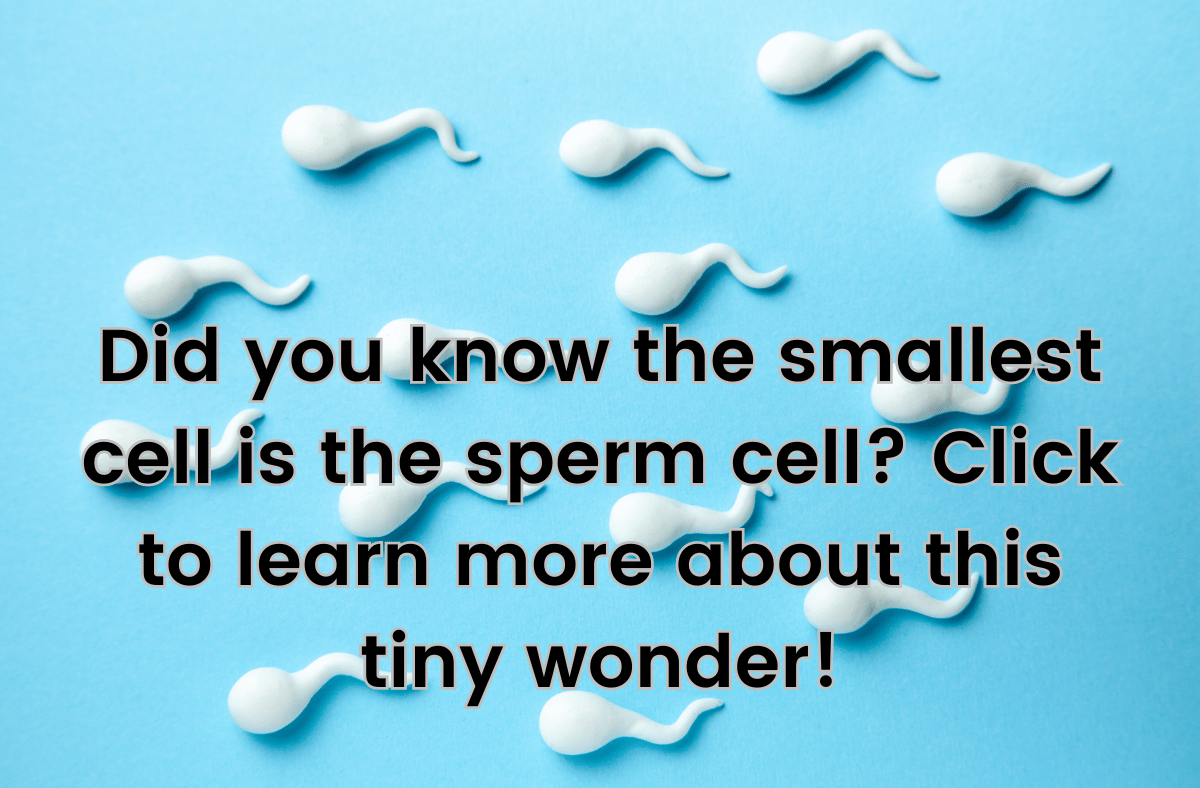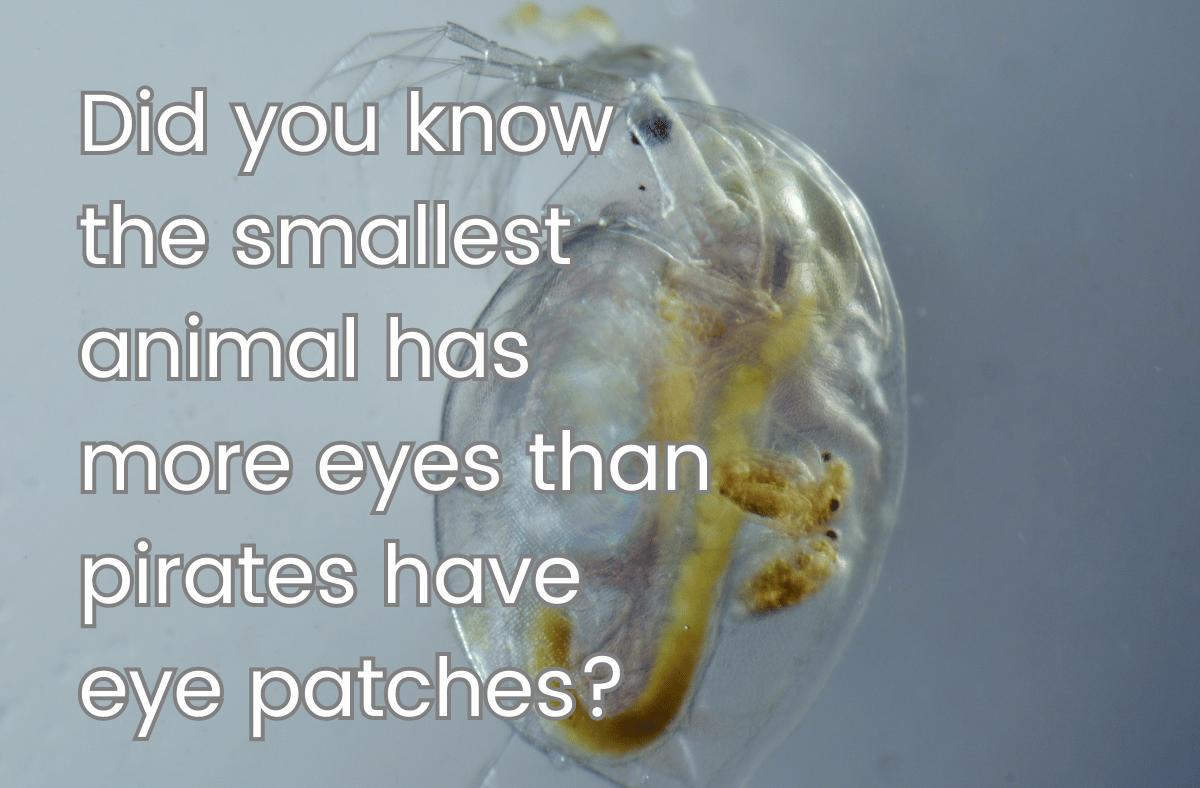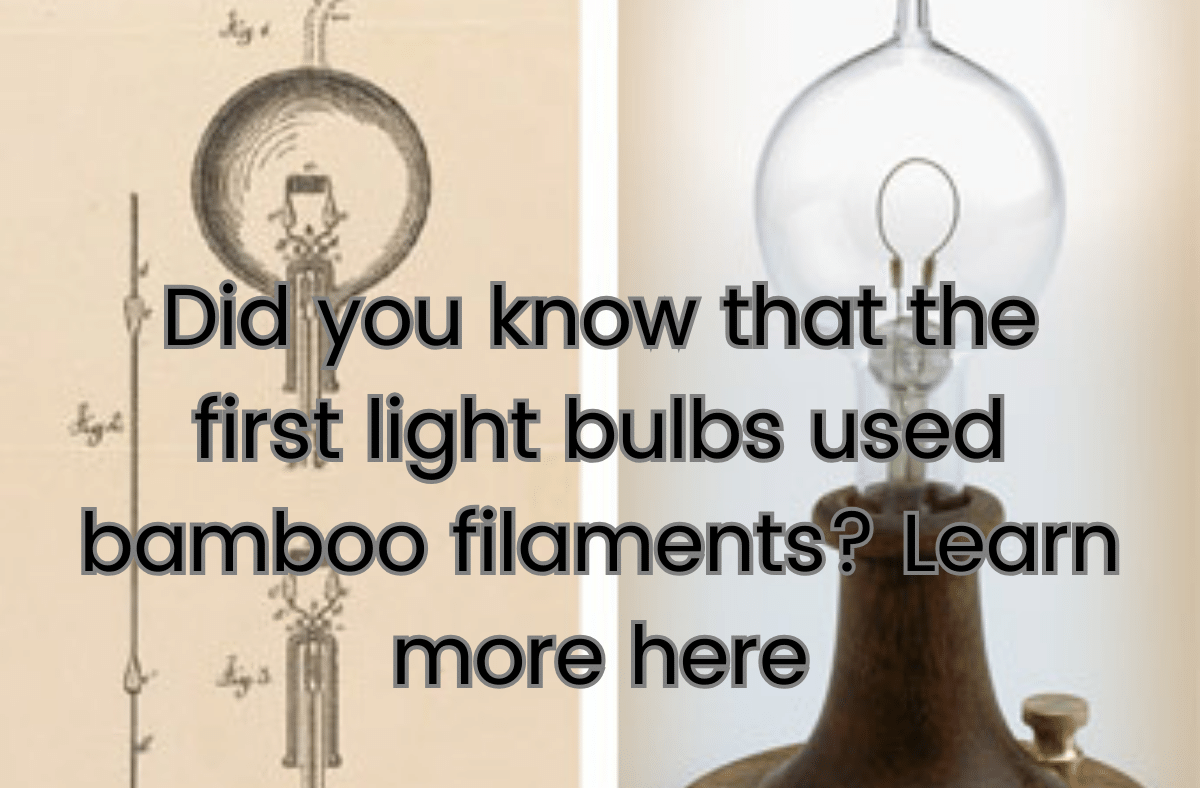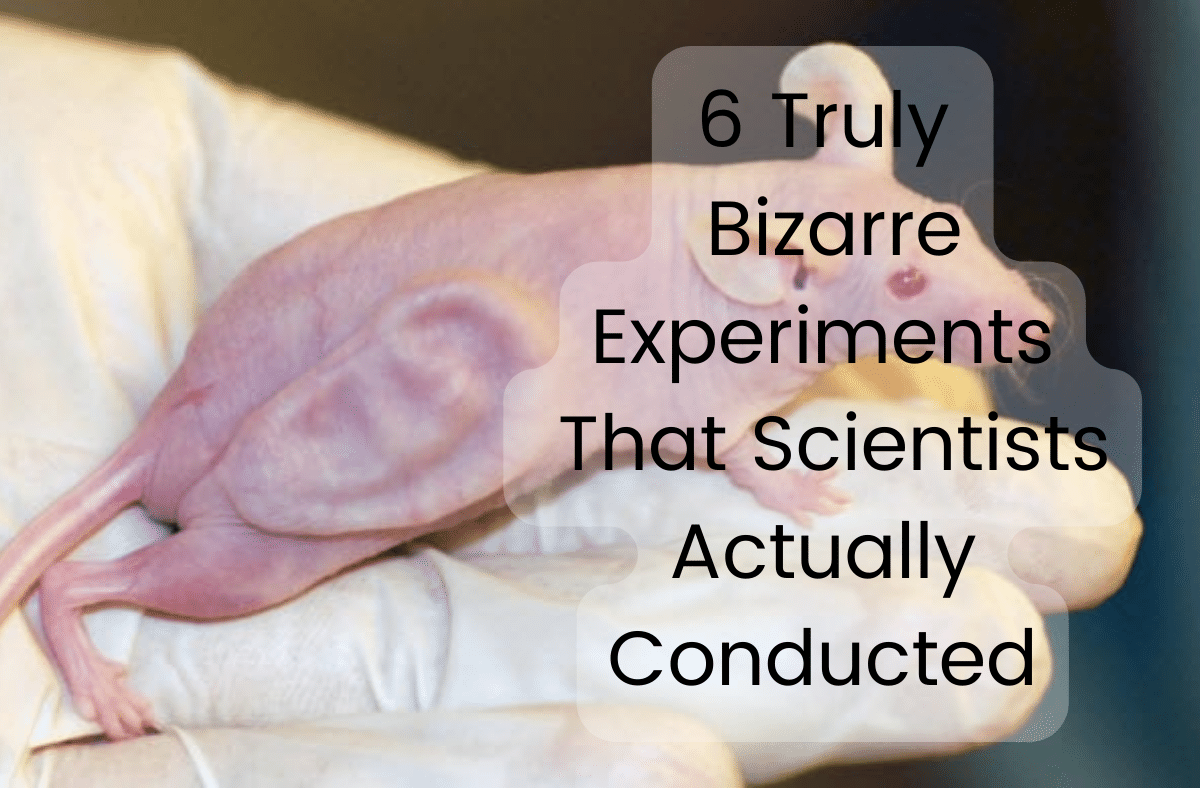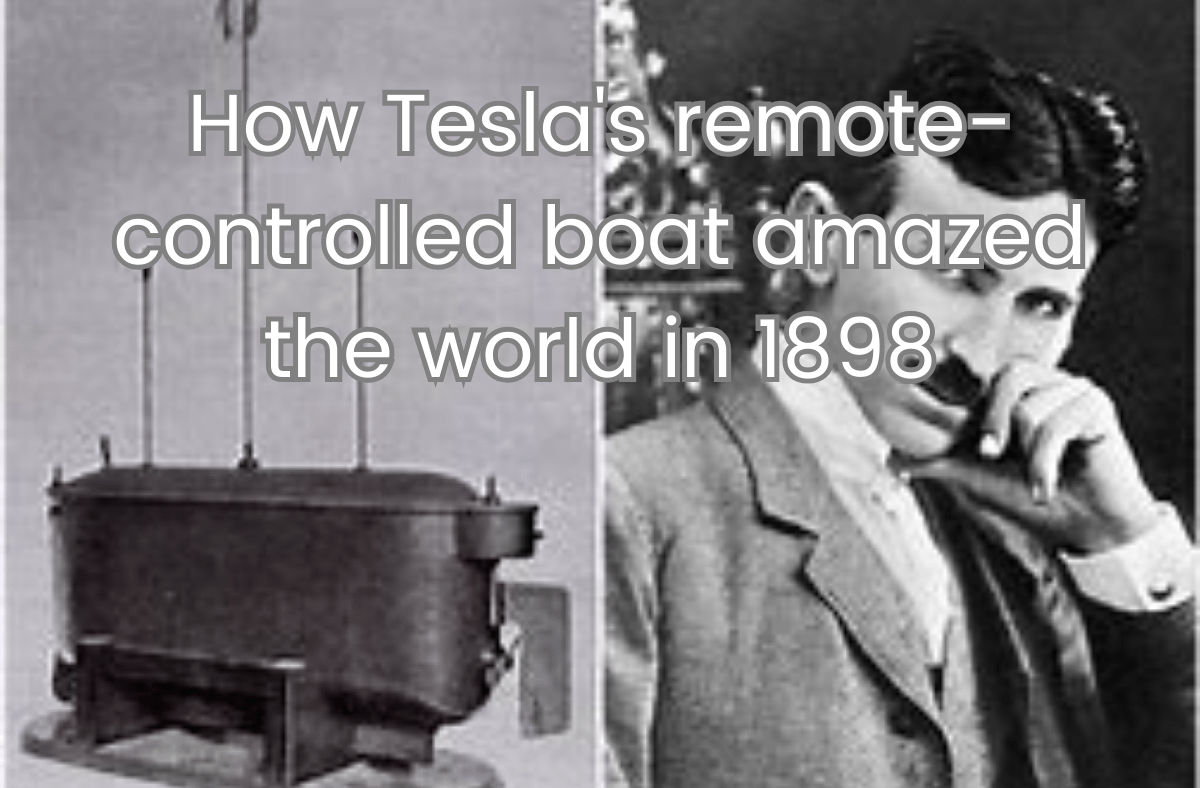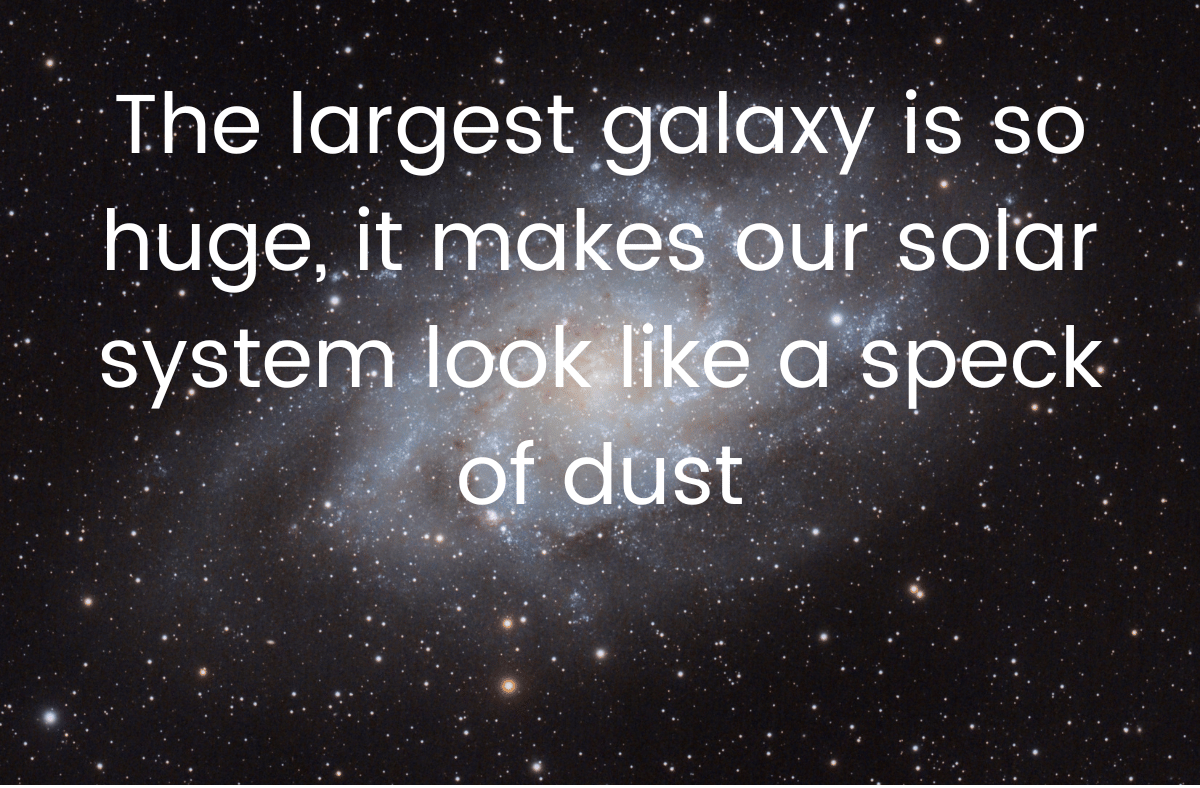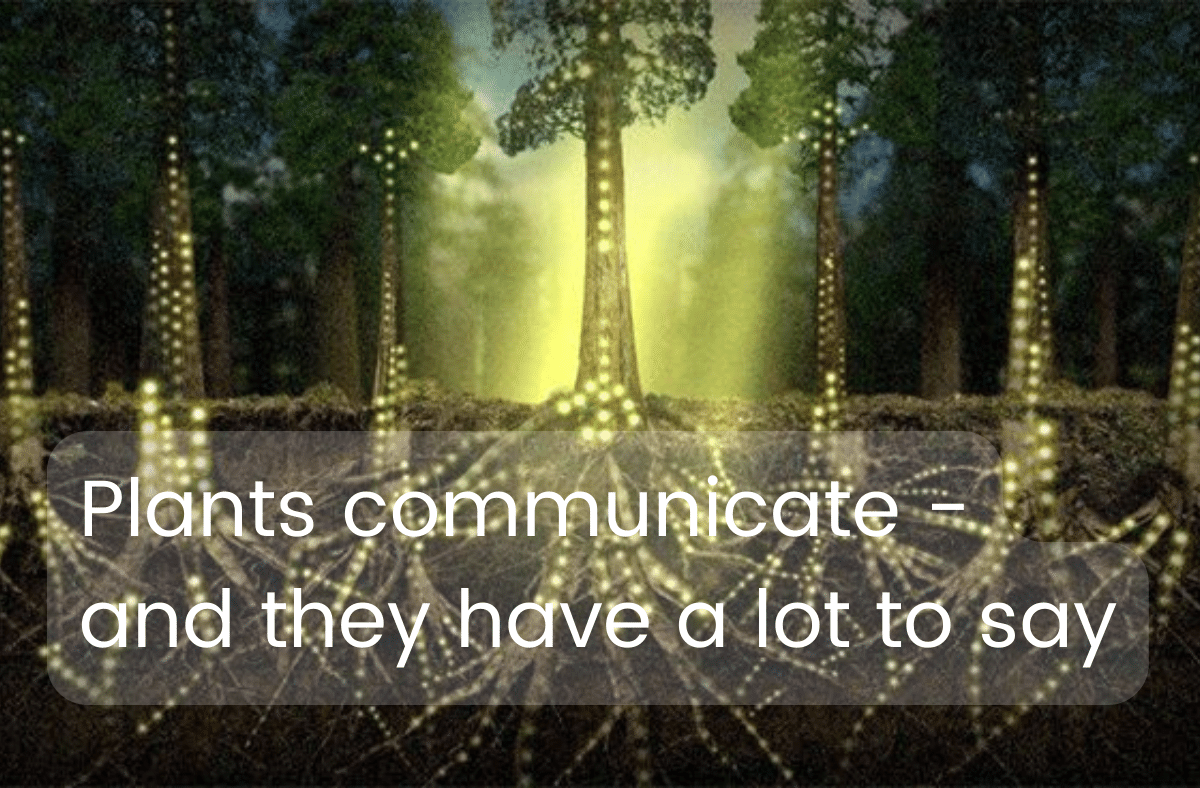For those in a hurry:
- Space dust is tiny particles of rock and ice that orbit the sun or come from comets and asteroids.
- When space dust enters Earth’s atmosphere, it can create dazzling displays of light, such as meteor showers, zodiacal light and noctilucent clouds.
- Meteor showers are streaks of light caused by space dust burning up as it falls towards the ground. They are named after the constellations they appear to come from, such as the Perseids or the Leonids.
- Zodiacal light is a faint glow that can be seen near the horizon before sunrise or after sunset. It is caused by sunlight reflecting off space dust in the inner solar system.
- Noctilucent clouds are silvery-blue clouds that form at very high altitudes, about 80 km above the ground. They are made of ice crystals that form around space dust. They can only be seen when the sun is below the horizon, but still illuminates them.
What is space dust?
Space dust is not really dust, but tiny particles of rock and ice that range in size from a few micrometers to a few millimeters. Some space dust comes from comets and asteroids that break apart or collide with other objects in space. Other space dust is left behind by the solar wind, a stream of charged particles that flows from the sun.
Space dust is everywhere in the solar system, but it is very sparse and hard to detect. Scientists estimate that there are about 40 tons of space dust entering Earth’s atmosphere every day, but most of it is too small to see.
How does it create meteor showers?
Sometimes, Earth passes through a trail of space dust left behind by a comet or an asteroid. When this happens, many particles of space dust enter the atmosphere at high speeds, up to 70 km per second. As they plunge towards the ground, they heat up and vaporize, creating bright streaks of light across the sky. These are called meteors, or shooting stars.
Meteors can be seen on any night, but some nights are more spectacular than others. These are called meteor showers, when many meteors appear in a short period of time. Meteor showers are named after the constellations they seem to originate from, such as the Perseids in August or the Leonids in November.
Meteor showers are best seen in dark places, away from city lights. You don’t need any special equipment to enjoy them, just your eyes and some patience. You can also make a wish when you see a shooting star, but don’t tell anyone what it is!
How does space dust create zodiacal light?
Zodiacal light is a faint glow that can sometimes be seen near the horizon before sunrise or after sunset. It is caused by sunlight reflecting off space dust in the inner solar system, between the sun and Mars.
Zodiacal light is shaped like a cone or a wedge, pointing towards the sun. It is more visible in spring and autumn, when the ecliptic (the path of the sun and planets across the sky) is at a steep angle to the horizon. It is also more visible in places with clear skies and low humidity.
Zodiacal light is named after the zodiac, the band of 12 constellations that lie along the ecliptic. The ancient Greeks thought that zodiacal light was a sign of divine favor or wrath, depending on whether it appeared before dawn or after dusk.
How does space dust create noctilucent clouds?
Noctilucent clouds are rare and beautiful clouds that form at very high altitudes, about 80 km above the ground. They are made of tiny ice crystals that form around particles of space dust. They are also called polar mesospheric clouds, because they are only seen near the poles in summer.
Noctilucent clouds are silvery-blue in color and have a wavy or rippled appearance. They can only be seen when the sun is below the horizon, but still shines on them from below. They usually appear after sunset or before sunrise, when the sky is dark enough to contrast with their brightness.
Noctilucent clouds were first observed in 1885, after the eruption of Krakatoa in Indonesia. The eruption sent large amounts of dust into the upper atmosphere, which may have helped form these clouds. Scientists are still studying how noctilucent clouds form and what they tell us about climate change.

